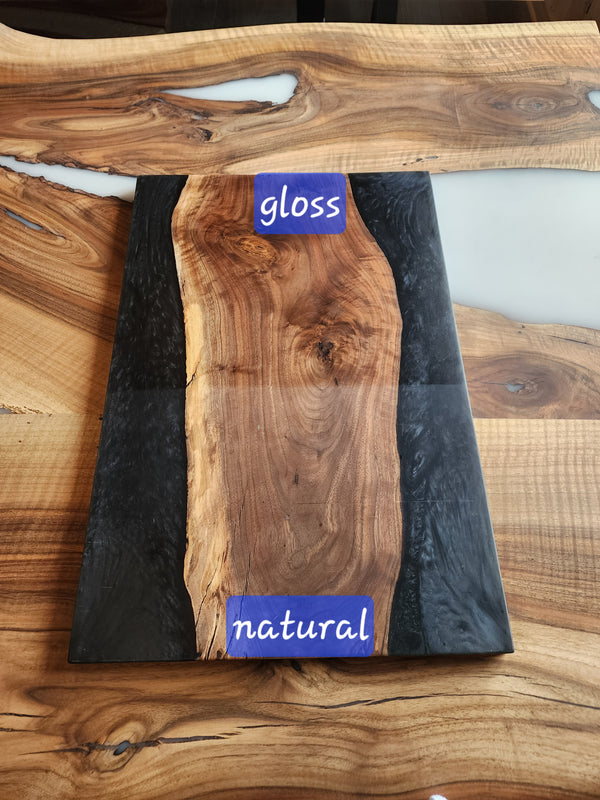Why Drivers Trust Fund Ceramic Coating Philadelphia for Superior Vehicle Care
Why Drivers Trust Fund Ceramic Coating Philadelphia for Superior Vehicle Care
Blog Article
Why Ceramic Layer Is the Ultimate Service for a Flawless End Up
Ceramic layer has actually emerged as a leading service for those seeking a perfect surface for their vehicles, many thanks to its impressive resilience and safety attributes. What elements really set ceramic finish apart?
What Is Ceramic Coating?

When applied properly, ceramic finishing creates a hydrophobic surface area that wards off water and dirt, making it easier to keep and clean up. Unlike typical waxes or sealers, which commonly use brief security, ceramic finishes can last for numerous years, relying on the product top quality and application method. The process of applying ceramic finishing calls for meticulous prep work, consisting of complete cleaning and sometimes paint modification, to ensure optimum bonding and effectiveness.
Ceramic finishes are not limited to automotive surface areas; they can also be made use of on various products, consisting of glass, steel, and plastics, giving a functional solution for boosting protection. On the whole, ceramic coating represents a considerable improvement in surface defense modern technology, incorporating both practical and aesthetic advantages for a broad range of applications.
Advantages of Ceramic Finish
While numerous surface protection choices exist, the advantages of ceramic layer stick out as a result of its special residential properties and long-lasting efficiency. One of the key advantages is its remarkable longevity. Ceramic Coating Philadelphia. Unlike standard wax or sealants that need regular reapplication, ceramic finishings provide a resistant layer that can last for numerous years, considerably minimizing maintenance efforts
One more significant benefit is enhanced defense against environmental impurities. Ceramic coatings create a hydrophobic surface that fends off water, dirt, and numerous pollutants, making it less complicated to cleanse. This feature not only preserves the automobile's look but also minimizes the danger of deterioration and oxidation, particularly in severe climate condition.
In addition, ceramic finishings offer superior resistance to UV rays, preventing fading and destruction of paint with time. This UV protection is essential for keeping the visual worth of lorries and surfaces exposed to guide sunshine.
In addition, the glossy coating achieved with ceramic finishing improves the overall visual charm, offering surface areas a showroom-quality sparkle. Overall, ceramic coverings represent a considerable improvement in surface area defense innovation, providing enduring benefits that accommodate both functional and aesthetic requirements.
How It Functions
Understanding the scientific research behind ceramic finishes reveals how they give such remarkable defense and long life. At its core, a ceramic finishing is a fluid polymer that chemically bonds with the car's manufacturing facility paint.
The application procedure includes multiple steps, including surface area prep work, which is crucial to achieving ideal bond. Once used, the finishing undertakes a curing procedure, during which it sets and forms a semi-permanent bond with the paint surface. This bond is what identifies ceramic layers from traditional waxes and sealants, supplying a longer-lasting safety barrier that can withstand for years.
Additionally, the density of the finishing can boost its protective qualities, making sure that it can withstand severe conditions. Inevitably, the science of ceramic finishes incorporates advanced materials with innovative application methods to supply an unequaled level of security and visual improvement for vehicles.
Contrast With Conventional Techniques
When compared to standard paint defense approaches such as waxes and sealers,The benefits of ceramic coatings end up being particularly evident. While waxes offer a short-lived shine, usually lasting a couple of weeks to a number of months, ceramic coverings offer a durable safety layer that can endure for a number of years. This longevity considerably decreases the regularity of reapplication, making ceramic coverings a more economical service gradually.
Furthermore, standard methods typically require comprehensive prep work and multiple applications to attain a satisfying level of protection. On the other hand, ceramic finishings bond at a molecular degree with the car's view it surface, developing a durable guard versus environmental contaminants like UV rays, acid rain, and road salts. This bond improves the lorry's resistance to scratches and swirl marks, i thought about this which prevail with typical waxes and sealants.
Furthermore, the hydrophobic properties of ceramic coatings drive away water and dirt, bring about less complicated cleansing and maintenance. In comparison, wax and sealant-treated surfaces can attract crud, requiring even more regular cleaning - Ceramic Coating Philadelphia. Generally, ceramic coatings not only provide remarkable protection yet additionally provide a much more long-lasting and visually appealing surface, developing them as the preferred selection for discerning lorry proprietors
Application and Maintenance Tips

Utilizing a foam applicator, use the finish in small areas, adhering to the producer's standards pertaining to thickness and overlap. Permit sufficient treating time between layers, generally 24-hour, to make sure proper bonding. After application, it is important to avoid direct exposure to water or harsh aspects for a minimum of a week to permit the finish to fully treat.
Furthermore, utilizing a ceramic upkeep spray can enhance the layer's hydrophobic properties and long life. Regular evaluations i loved this for any indications of wear will help keep the finish's honesty and maintain that immaculate coating.
Verdict
To conclude, ceramic covering becomes a remarkable choice for achieving a flawless automobile finish. Its extraordinary longevity, protective high qualities, and hydrophobic homes substantially boost the lorry's appearance while simplifying upkeep initiatives. By forming a durable bond with factory paint, ceramic finishing properly shields versus scrapes, UV rays, and environmental contaminants. With a life-span prolonging several years, this advanced remedy not only preserves yet additionally elevates the total aesthetic allure of lorries, making it an economical financial investment for vehicle fanatics.

Report this page